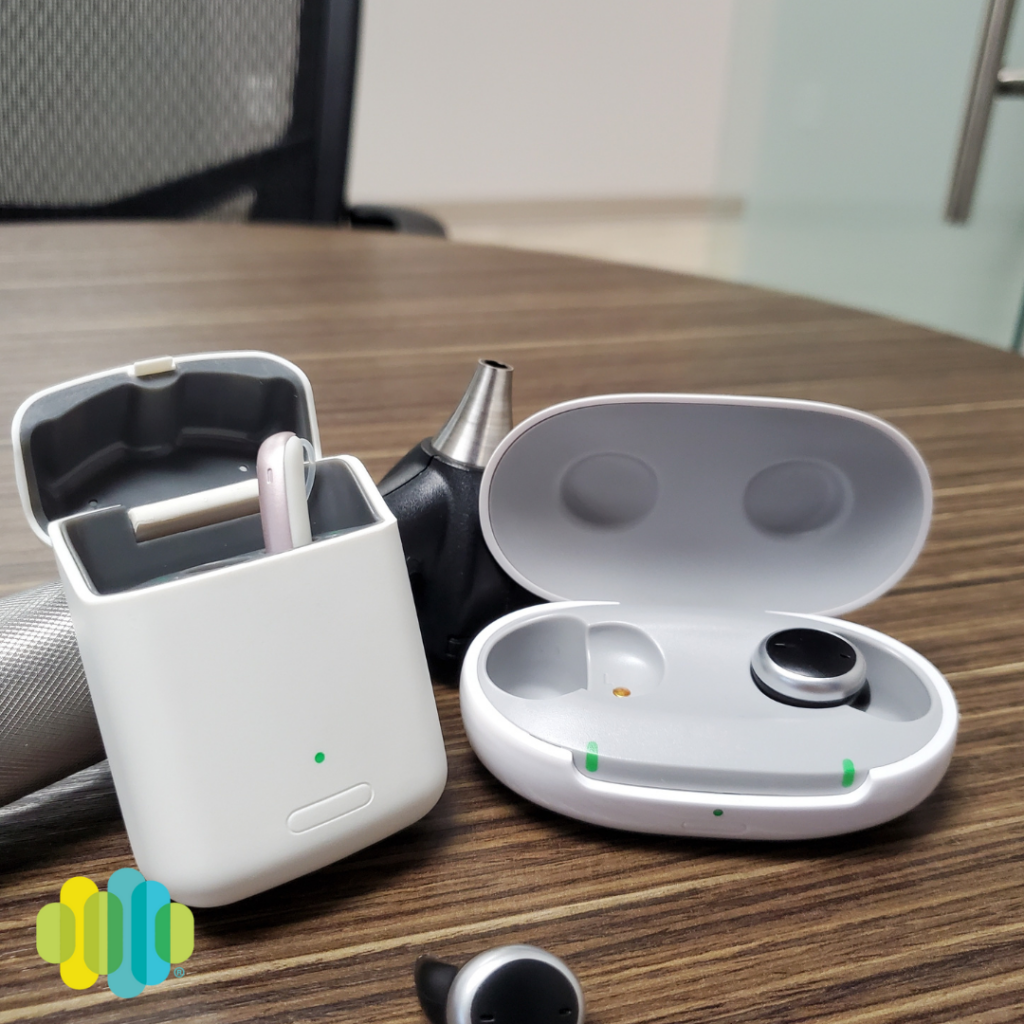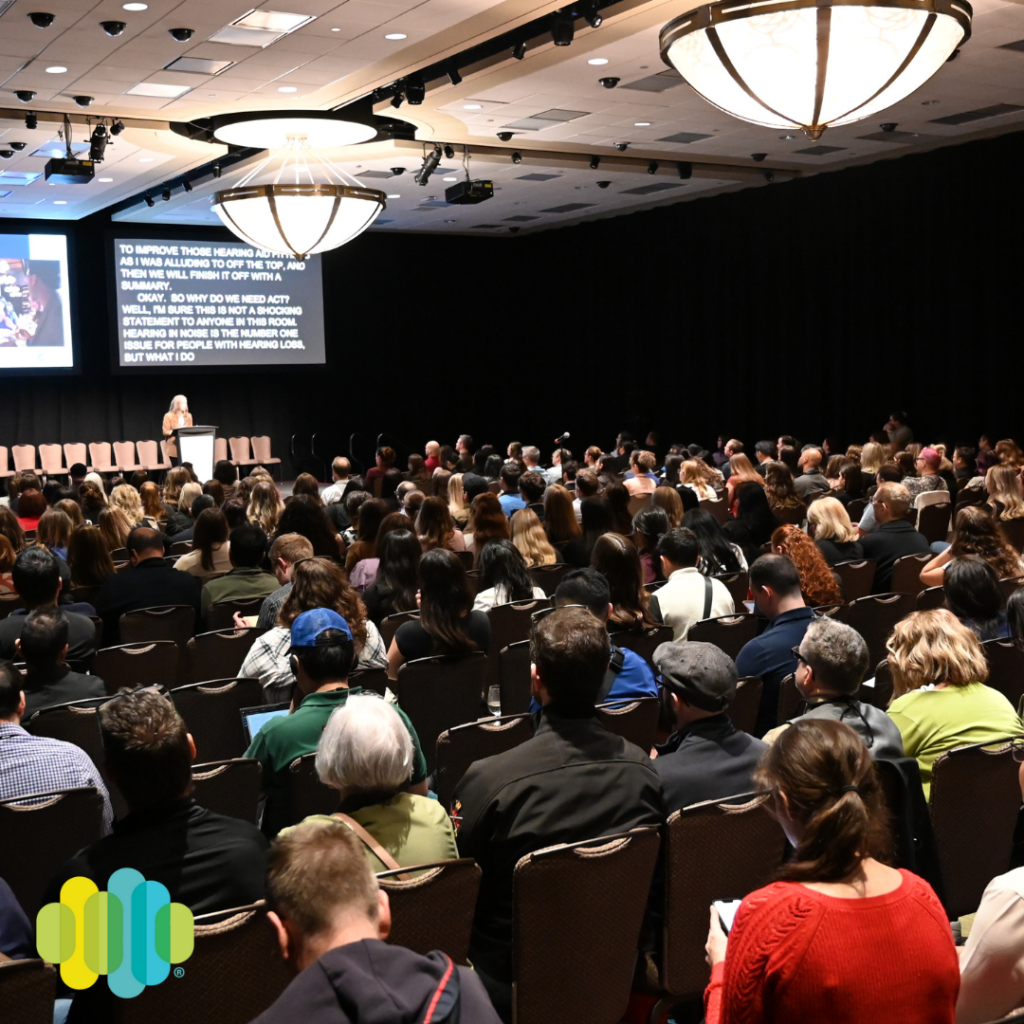Many patients have preconceived notions about hearing aids that prevent them from seeking help or fully embracing the devices that could improve their quality of life. Here are some of the most common misconceptions—and the truths you can share with your patients.
Misconception: Hearing Aids Restore Hearing to 100%
The Truth: Hearing aids can greatly improve hearing, but they don’t fully restore normal hearing. Having realistic expectations is key. Hearing aids amplify sounds and improve clarity, but patients may still need time to adjust, especially in noisy environments.
Misconception: Hearing Aids Are Too Expensive
The Truth: While high-end models can be costly, there are options at various price points. Also, many hearing health professionals offer payment plans, and some insurance plans or government programs may cover part of the cost.
Misconception: Hearing Aids Are Hard to Use
The Truth: Modern hearing aids are easier to use than ever before. With automatic settings, rechargeable batteries, and smartphone connectivity, managing hearing aids has become much more user-friendly. For patients who are less tech-savvy, we recommend using training videos and other resources.
Misconception: I Don’t Need Hearing Aids Yet—I Can Get By
The Truth: Delaying the use of hearing aids can actually worsen the effects of hearing loss. Early intervention can prevent further cognitive decline and improve overall health. By addressing hearing loss sooner, patients can enjoy a higher quality of life now and in the future.
Misconception: Hearing Aids Will Make Everything Too Loud
The Truth: Every year hearing aids are getting more and more advanced at amplifying sounds selectively, meaning they can enhance speech while reducing background noise. The volume is also adjustable, so patients can find a comfortable listening level.
Misconception: I’ll Only Need One Hearing Aid if I Have Hearing Loss in One Ear
The Truth: In most cases of hearing loss, both ears are affected, even if it’s uneven. Wearing two hearing aids helps with sound localization, better overall sound quality, and a more natural hearing experience. It also helps balance the brain’s auditory processing, which can reduce listening fatigue.
Misconception: Hearing Aids Are Only for Severe Hearing Loss
The Truth: Hearing aids are beneficial even for mild or moderate hearing loss. Early use can prevent further deterioration in hearing and improve communication, leading to a better quality of life. Patients with even slight hearing loss often report significant improvements when using hearing aids.
Misconception: Hearing Aids Are Uncomfortable to Wear
The Truth: Hearing aids have come a long way in terms of comfort. Today’s devices are lightweight, come in various styles, and can be customized to fit comfortably in the ear. Many patients forget they are wearing them after a short adjustment period.
Misconception: Hearing Aids Will Make Me Look Old
The Truth: Modern hearing aids are sleek and discreet, often going unnoticed. Many models are nearly invisible, fitting completely inside the ear canal.
Misconception: Once I Get Hearing Aids, I Don’t Need Follow-Up Care
The Truth: Ongoing care is crucial to getting the most out of hearing aids. Follow-up visits allow hearing care professionals to fine-tune the device, address any discomfort, and make adjustments based on the patient’s changing hearing needs. Regular maintenance and care are essential for the long-term effectiveness of hearing aids.
AHIP is not and shall not be liable for any of the views expressed by the authors or advertisers on the Signal Blogs. The authors’ opinions and the advertisers’ content do not necessarily reflect AHIP’s views.




